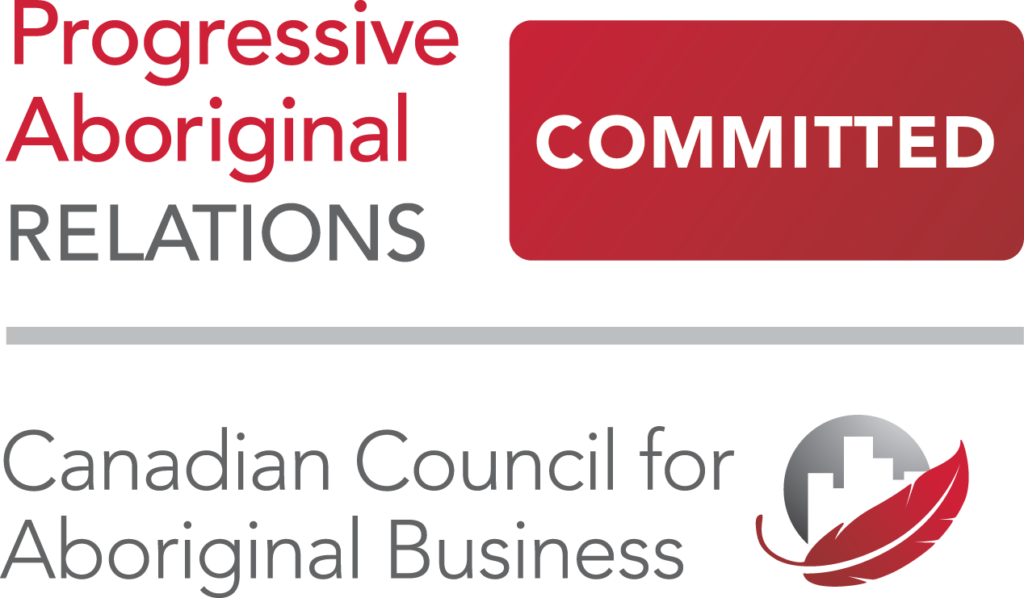Like everything else in life, not all affiliate programs are created equal. Some are easier to turn into high performing machines while others need a little more care and strategic planning. Regardless of the individual brand or program and their strengths or limitations, there are several steps anyone can take to design a high performing affiliate program.
Step 1 – Research the Brand, Competitors, and Vertical. Knowledge is Power!
Start at home – to design a high performing program, it is important to understand the brand.
- What product(s) or service does the brand offer?
- Does the brand have a defined value proposition?
- How does the brand view their position within the market?
- Do they have a brand book to follow branding properly?
- What size budget is allocated for the affiliate program?
Look at the brand’s other marketing campaigns, sign up for emails, and look at google to see what is already out there. Take the time to understand the brand’s voice and its values to better guide partners to effectively promote the brand. The final piece of the brand homework is to understand the budget allocated to the affiliate program and strategically use it. If a specific budget has not been set aside, work with the brand to establish CPA rates and flat fees.
Next, look at the competition – to grab a portion of market share it is vital to understand the entire competitive landscape.
- What vertical does the brand fall under?
- Who are the primary competitors?
- Which affiliates are the competitors working with?
- What promotions are the competitors offering on deal sites?
- What payout are competitors offering on loyalty and rewards sites?
A brand can enter the affiliate market with a big budget, but if they are blind to the competition and the current landscape it is easy to waste money and time.
Step 2 – Construct, Assemble, Recruit, Diversify, and Repeat.
Now that the brand basics and the competitive landscape are understood, it is time to structure or restructure (in the case of an existing program) the affiliate program using that information.
Set budget-conscious, but competitive commission rates and cookie windows. Use the competitor and vertical research to position the brand well, while not overpaying.
Recruit a diverse group of affiliates, yes including coupon, deal, and toolbar sites. A healthy and high performing program will include a balanced mix of partners to:
- drive awareness (content bloggers, influencers)
- peak interest (review sites, sub networks)
- allow for consideration (comparison shopping, loyalty/cashback/rewards sites)
- drive conversions (deal/coupon sites)
Many brands envision wildly successful programs built on content sites alone. The reality is often quite different from the fantasy with content partners coming at a higher cost and longer tail recruitment to production timeframe. The content partners often take months if not years to drive enough revenue to support the program.
A program that includes various partner types will begin to see traffic and revenue success right away from content and deal sites. As a result of the program diversity and success, content partners are more likely to join and contribute.
Step 3 – Think Outside the Traditional Partnership Box.
The standard affiliate playbook focuses on recruiting the mix of partners discussed above, optimizing the relationships to grow the program, traffic, and revenue. This spells success no question, but to turn a productive program into a high performing one, it is vital to go beyond the normal recipe for success and kick it up a notch. Exploring non-traditional partnerships can add extra zest to propel the program to the next level of success.
Technology partners offer endless opportunities to boost performance for brands. Working through a CPA rev share can provide useful technology with tremendous savings for brands.
These partners have evolved from one size fits all plug into a uniquely optimized machine created and personalized for individual brands. Working with a technology partner may not present unique traffic to a brand, but by using pre-capture, cart abandonment, remarketing technology, and SMS/MMS capabilities to name a few, they can produce tremendous results and keep shoppers on-site and focused on the brand.
Step 4 – Turn Your Affiliates into Partners.
Designing a successful affiliate program includes developing successful affiliates. Personalized communication often ends once a recruited affiliate completes the application process. Some programs communicate via newsletters and activity triggered emails acknowledging a first sale or a decrease in traffic. While these are important tools to help optimize a program’s performance, they are not relationship building by nature.
Personal communication with affiliates is needed to convert an affiliate into a true partner. Unfortunately, most program managers do not have the time or resources to individually communicate with hundreds or thousands of affiliates regularly. The key is to find those affiliates with great potential and cultivate those relationships. How? This is where the individual approach is vital. Ask what can be done to strengthen the relationship? Do they need samples to write a review? A free trial? Offer suggestions on ways to improve their conversions or drive more traffic. Sometimes a simple increase in commission and thank you is enough to turn an affiliate into a partner.
Step 5 – Remember Affiliate is One Part of a Marketing Program.
The affiliate program should operate in conjunction with the other marketing teams instead of as a separate entity. When possible, coordinate with the other marketing teams to design the affiliate program strategy to complement the existing marketing plan. Working with the other teams can help to avoid duplication of efforts, provide insight into upcoming promotional opportunities, and sometimes allow the affiliate channel to support other team efforts.
A great place to start is sharing the marketing calendar – by understanding the promotional plans of other channels, the affiliate program can schedule outreach to support and complement rather than run an individualized campaign disconnected from the rest of the brand.
Step 6 – The Long and Short of It.
Designing, building, and running a high performing affiliate program is a challenging but accomplishable goal. However, building a successful affiliate program is not a one size fits all process, and not all methods work for every brand. Remember to customize each individual program to the brand, stay informed, diversify, think outside the box, develop affiliates, collaborate with other marketing teams, and success will only be a few clicks away.
For more insight and help designing a truly high performing affiliate program, contact us and get in touch with an expert today!











Comments are closed.